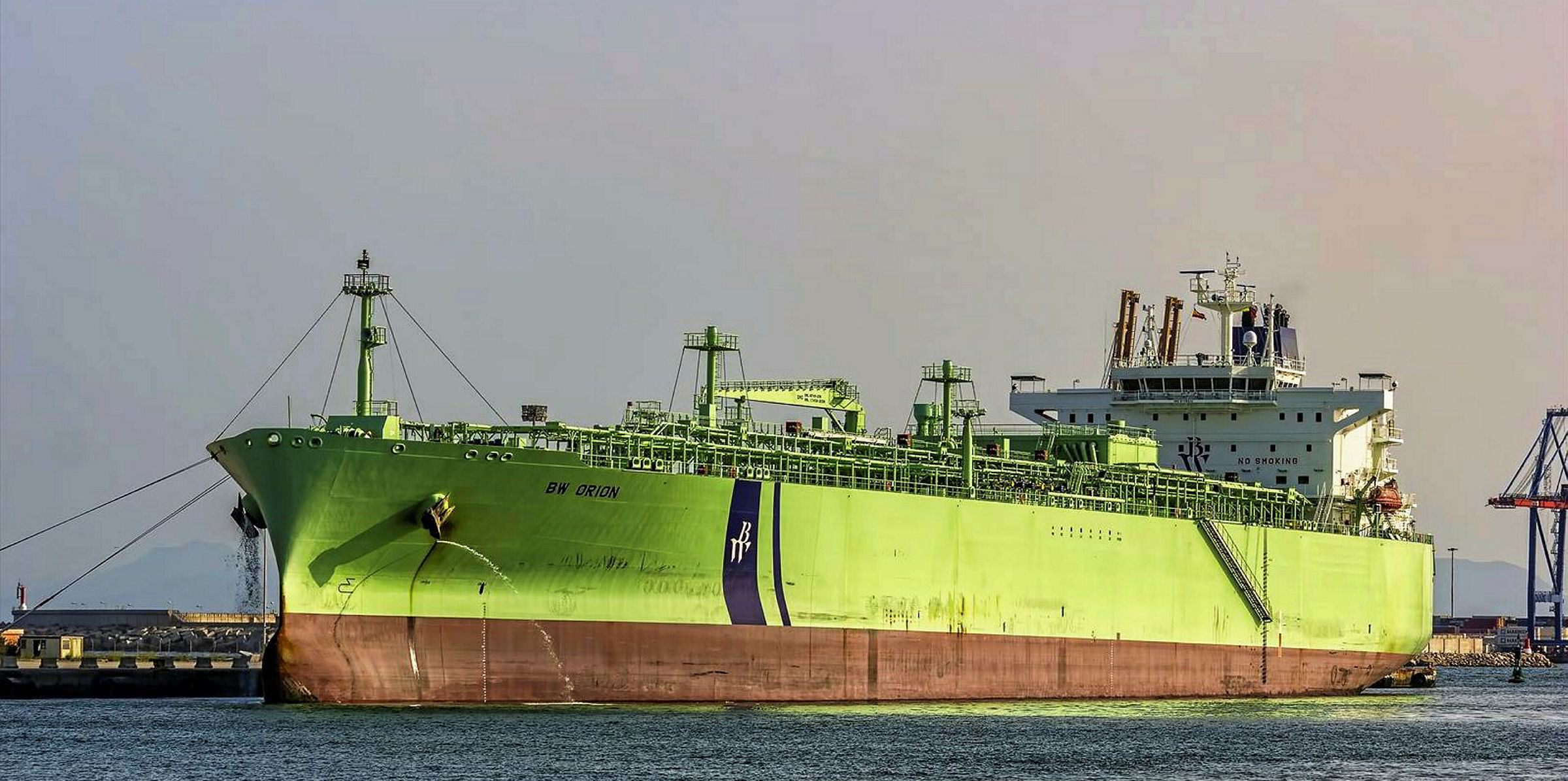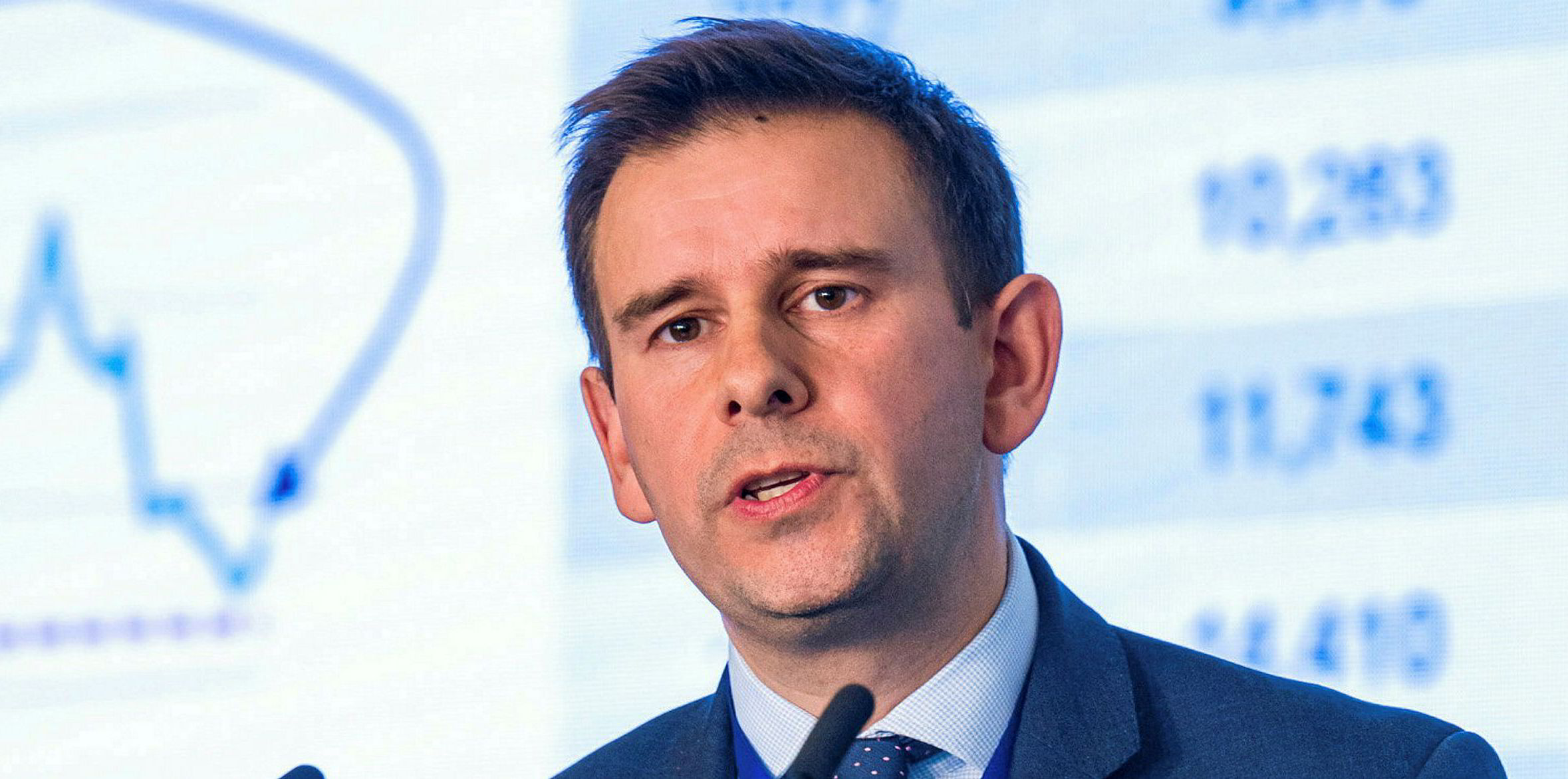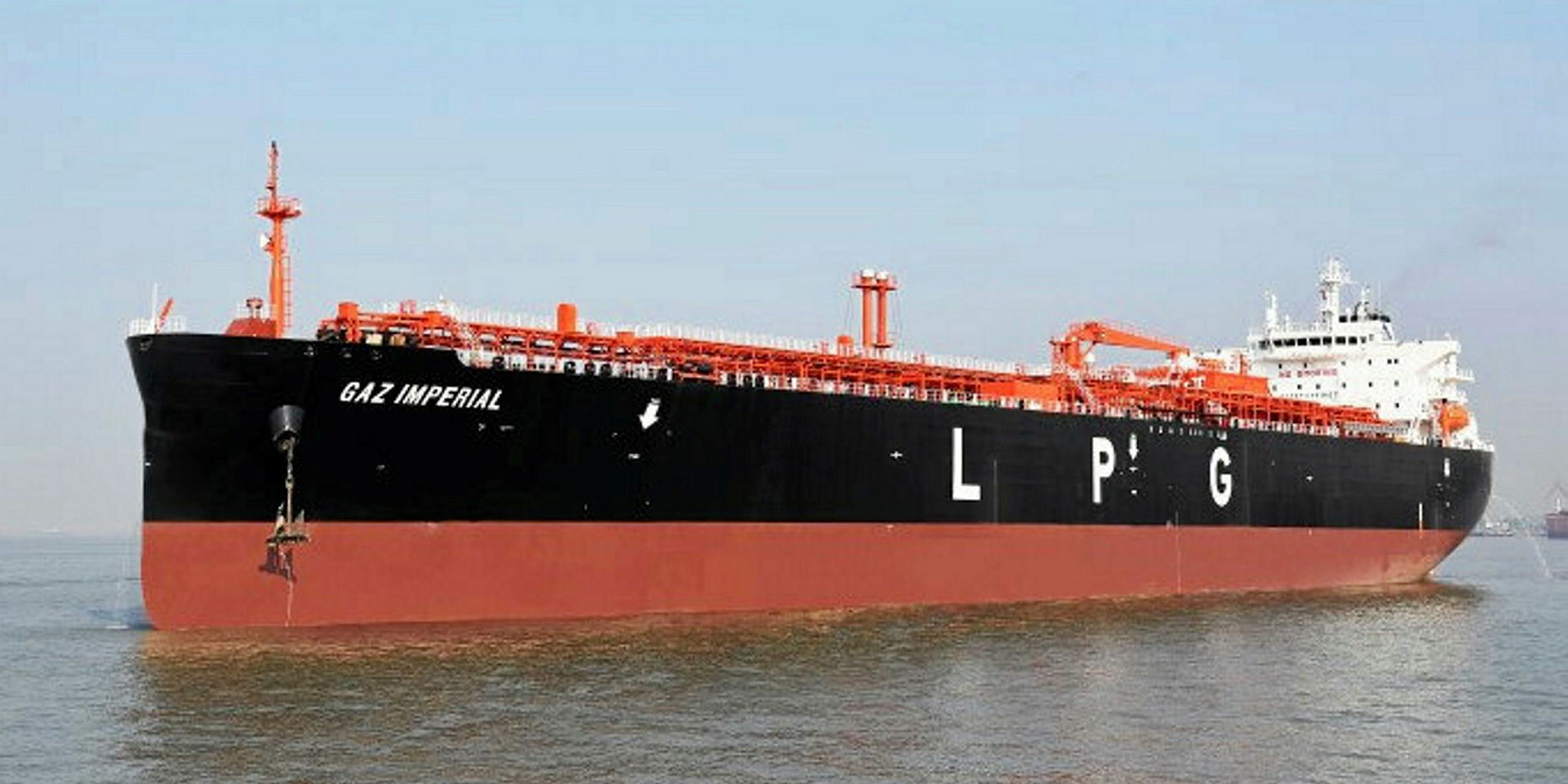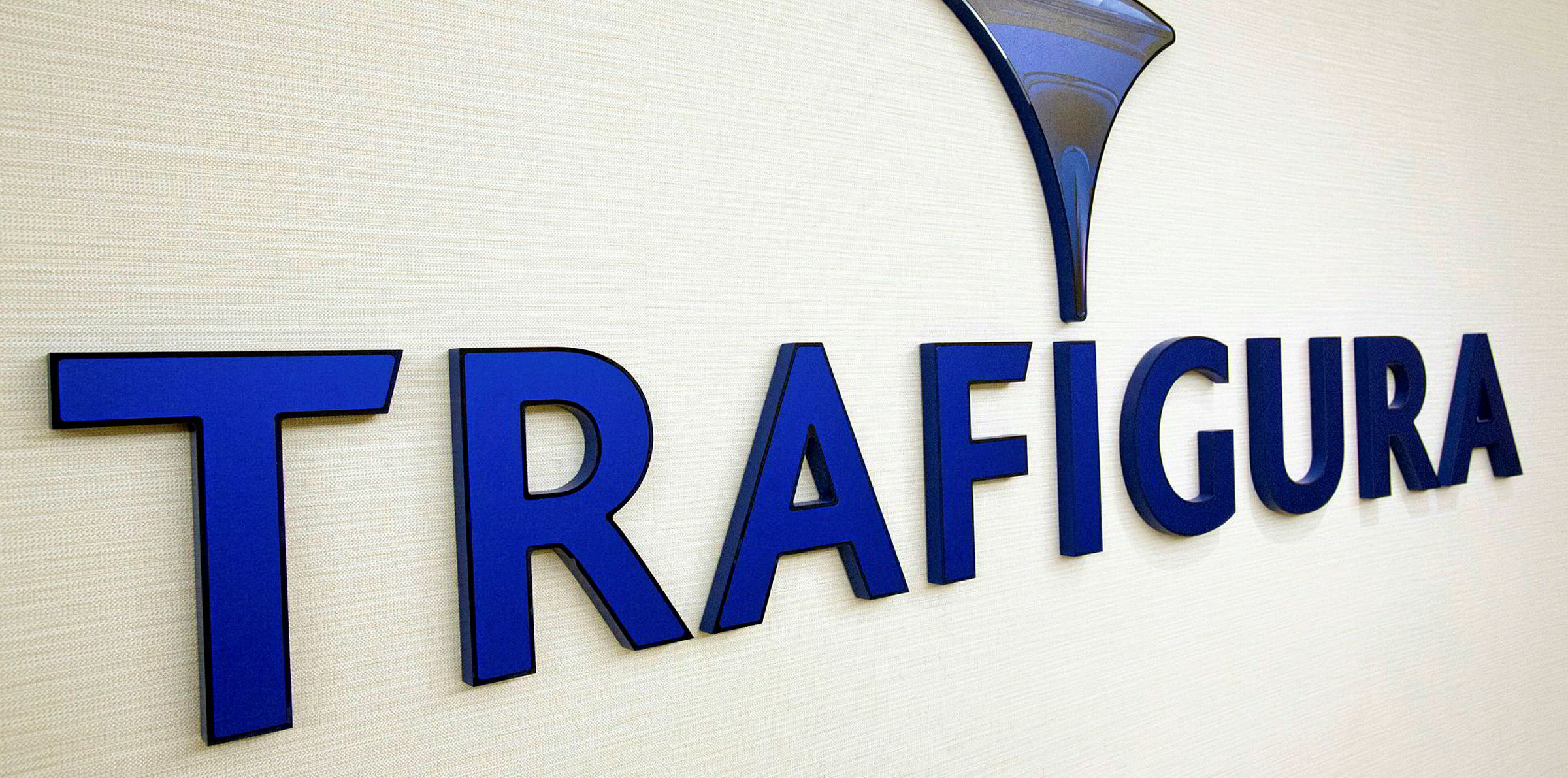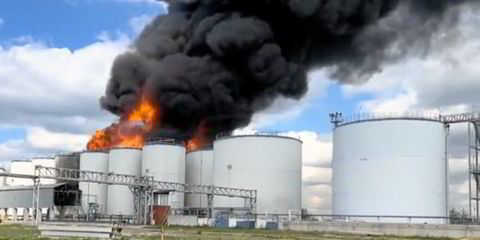The development of LPG bunkering is finally gaining pace with more shipowners opting for the alternative fuel to meet the IMO 2020 rules and reduce greenhouse gas (GHG) emissions.
Compared with LNG, LPG as marine fuel has been getting less traction when it comes to discussion about low-carbon shipping. And from a viewpoint of investment returns, LPG seems to underperform scrubbers as an IMO 2020 solution.
But several big names are willing to bet on LPG, albeit on a limited scale.
The latest adopter is trading giant Trafigura, which is expected to novate the two 90,000-cbm dual-fuel VLGCs it recently ordered at Hyundai Heavy Industries to a shipowner before chartering them back on a long-term basis.
Earlier this year, Belgian owner Exmar commissioned Jiangnan Shipyard to construct two 86,000-cbm VLGCs on the back of charter demand from Equinor.
Among other dual-fuel newbuildings, Kumiai Navigation has ordered an 84,000-cbm vessel at Kawasaki Heavy Industries, while Tianjin Southwest Maritime has booked a pair of 86,000-cbm ships at Jiangnan.
BW LPG, having listed 19 of its VLGCs as candidates for retrofitting projects, has committed to converting the 84,145-cbm BW Gemini, BW Leo, BW Libra and BW Orion (all built 2015) to run on dual-fuel engines during their dry-docking next year.
Aside from LPG propulsion technology, each vessel is to be installed with two 900-cubic-metre LPG tanks on its decks. Butane and propane can both be used.
“We have 19 ships technically possible [for LPG propulsion retrofits],” said BW LPG chief executive Martin Ackermann, whose company operates the world’s largest fleet of LPG carriers in terms of carrying capacity. “Vessels built 2014 onwards are very suitable for retrofitting as the engines are no different from those being built today.”
According to Ackermann, the four vessels are set to mainly consume propane after undergoing their retrofitting projects in conjunction with their first special surveys.
“We can get the [retrofitting] price lower if we don’t invest in additional on-deck tanks …[But] we think it’s important to have as much flexibility as possible,” Ackermann sais.
An IMO 2020 solution
Based on industry estimates, retrofitting costs for a dual-fuel VLGC project amounted to between $9m and $11m, while extra costs in a newbuilding project are between $6m and $10m.
As scrubber installation costs are between just $2m and $3m per ship, the exhaust gas cleaning equipment has been more popular among shipowners in compliance with the IMO’s 2020 sulphur rules.

Data from DNV GL shows a total of 94 LPG carriers will have scrubbers installed, compared with 11 ships that chose LPG propulsion.
Having decided on installing scrubbers on half of its fleet, Dorian LPG is still considering when to go ahead with its plan to retrofit 10 VLGCs with LPG propulsion.
“We do plan to convert those ships to LPG once the economics are more favourable and the technology proven,” Dorian corporate development manager Peter Hadjipateras said.
LNG versus LPG
While LPG is not being widely adopted as a fuel solution for IMO 2020, some industry officials are hoping the fossil fuel can play a significant role in low-carbon shipping.
The IMO has aimed to reduce international shipping’s carbon intensity by at least 40% by 2030 from the 2008 level and total GHG emissions by 50% before 2050.
Compared with high-sulphur fuel, LPG bunkering can reduce CO2 emissions by 13%-18%, nitrogen oxide by 15%-20% and sulphur oxide by 90%-97%, according to ABS.
“LPG is a very environmental friendly fuel,” Ackermann said. “It’s not a 50% [GHG reduction as IMO targets] but it is certainly a good step in the right direction.”
Significant investments have been made in developing LNG bunkering facilities across the globe, with more than a dozen regular fuelling points expected to be available next year.
While LPG and LNG have comparable environmental performances, there are no regular LPG bunkering stations. Some point out that overcoming the logistics constraints should not be difficult as LPG is available in many terminals.
“We believe that it will be possible to bunker LPG at most loading terminals around the world and then most discharge terminals,” said Hadjipateras, who adds there are some 500 handysize LPG carriers in the world that can be used as bunkering ships when onshore bunkering facilities are not in place.

Moreover, LPG storage facilities onshore are much cheaper to build.
“The cost of installing LPG systems onboard a vessel [eg, internal combustion engine, fuel tanks and process systems] is roughly half that of an LNG system if pressurised type C tanks are used in both cases,” DNV GL wrote in an alternative fuel report.
“This is because there is no need for special materials that are able to handle cryogenic temperatures.”
Wider adoption
However, LPG availability is lower than LNG and its price tends to be more volatile due to the nature of its supply.
Based on prediction by Clarksons, the world’s seaborne LPG trade would amount to more than 109m tonnes in 2020, compared with 371m tonnes of LNG trade.
Vessels with consumption below 20 tonnes a day can more easily justify the incremental cost of LPG engines and LPG bunkering, which both come with lower capex requirements than LNG
Peter Hadjipateras
LPG is a byproduct of oil-refining and natural gas production, while LNG is a main product.
Hadjipateras reckons the biggest challenge for LPG bunkering “is getting customers comfortable with the concept of using an alternative fuel with alternative pricing dynamics”. But he is optimistic that this will be “easily surmountable in good time”.
For non-LPG carriers, Hadjipateras said it would be easier to justify investments in LPG propulsion for smaller, less fuel-thirsty ships than in costly LNG propulsion when taking fuel costs into consideration.
“Vessels with consumption below 20 tonnes a day can more easily justify the incremental cost of LPG engines and LPG bunkering, which both come with lower capex requirements than LNG,” Hadjipateras said.
Ackermann suggested that how the pioneers — including his company — fare might determine whether there would be wider adoption.
“They [the industry] will need to see if this is indeed a viable fuel,” Ackermann said. “It will be played out for those of us who are investing in LPG.”
